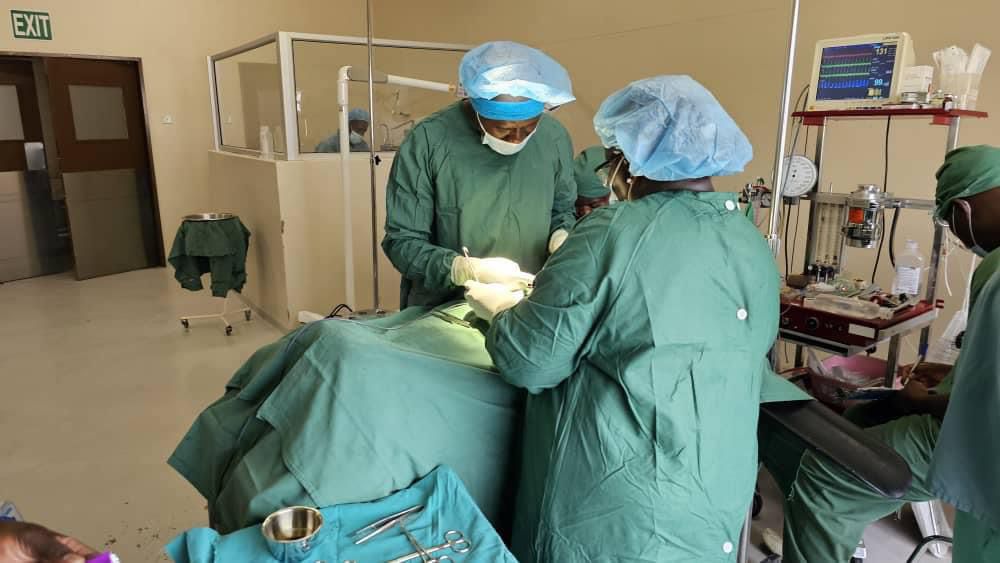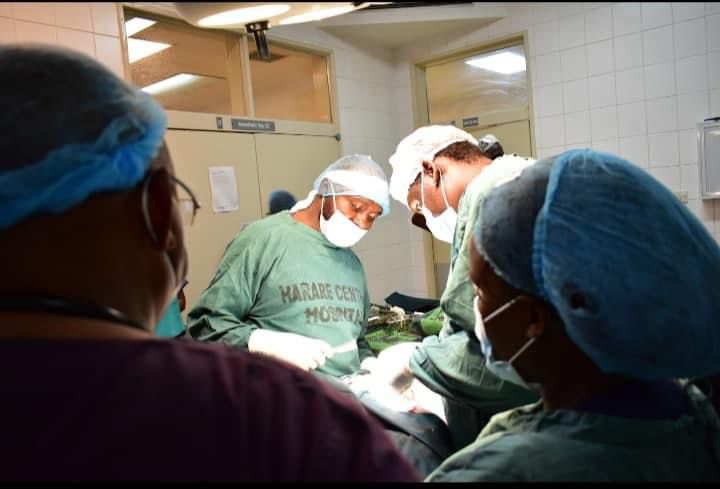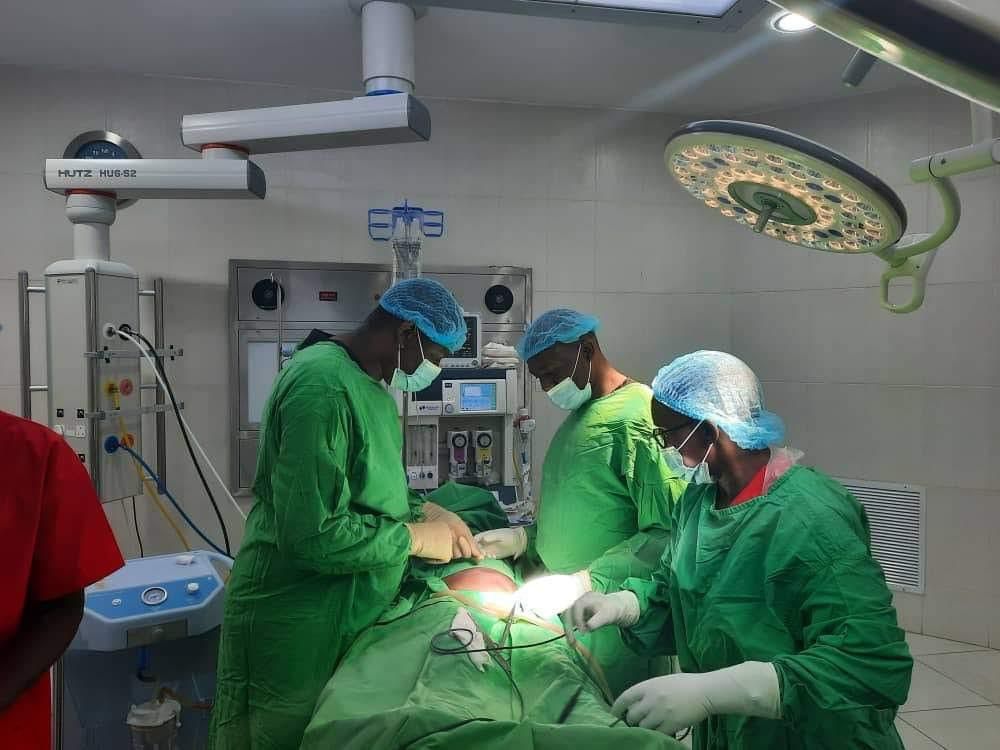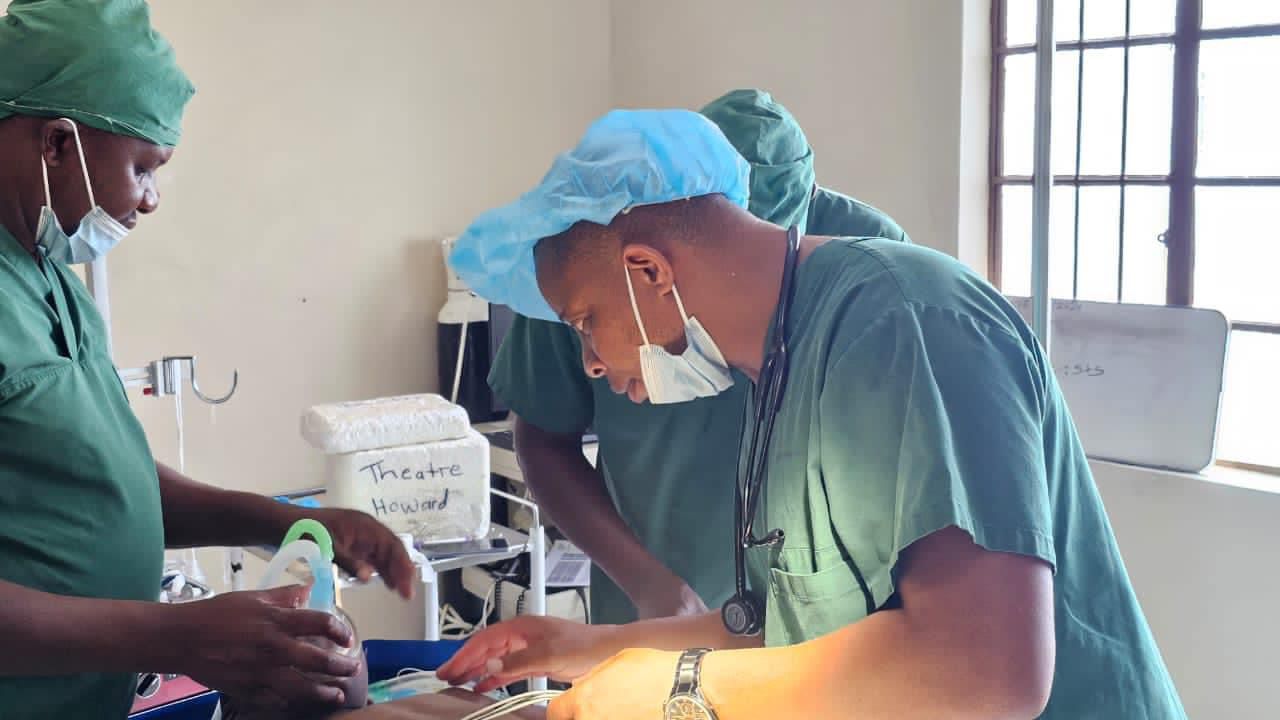Articles
Paediatric Burns
Overview
Paediatric burns care refers to the medical treatment and management of burn injuries in children. Burn injuries can range in severity from minor burns, such as sunburns, to more serious burns that can damage multiple layers of skin and underlying tissues.
In paediatric burns care, the focus is on treating the burn injury and minimising pain and discomfort while also preventing infection and promoting healing. This may involve cleaning and dressing the wound, administering pain medication, providing nutritional support, and monitoring for signs of infection.
In paediatric burns care, the focus is on treating the burn injury and minimising pain and discomfort while also preventing infection and promoting healing. This may involve cleaning and dressing the wound, administering pain medication, providing nutritional support, and monitoring for signs of infection.
Paediatric burns care also involves assessing and managing the potential long-term physical, emotional, and psychological effects of burn injuries, which can include scarring, impaired mobility, and mental health issues such as anxiety and depression. Rehabilitation and ongoing support may be needed to help children recover and adjust to any changes in their physical appearance or abilities.
Types of paediatric burns
There are several types of Paediatric burns, which can be classified based on the cause and depth of the burn injury. Here are some common types of Paediatric burns:
Thermal burns: These are the most common type of burn injury in children and are caused by exposure to heat or flames, such as touching a hot stove or being in a house fire.
Chemical burns: These occur when a child's skin or eyes come into contact with a harmful chemical, such as cleaning products or battery acid.
Electrical burns:These are caused by contact with an electrical current, such as sticking a finger into an electrical outlet or being struck by lightning.
Radiation burns:These occur when a child is exposed to high levels of radiation, such as in cancer
Friction burns:These are caused by skin rubbing against a rough surface, such as falling on the pavement or being dragged across a rough surface.
Burns can also be classified based on their depth:
Superficial burns:These affect only the top layer of skin, causing redness and pain, but usually heal within a few days without scarring.
Partial-thickness burns:These affect the top layers of skin and may cause blisters and swelling, and can take several weeks to heal.
Full-thickness burns:Full-thickness burns are the most severe type of burn that can affect all layers of the skin and potentially underlying tissues. They can cause white or blackened skin and severe pain and require medical intervention such as skin grafting to heal.
What do paediatric burns care entail?
Paediatric burns care involves a range of medical and supportive treatments that are designed to promote healing, prevent infection, and minimise pain and discomfort in children who have suffered burn injuries. Here are some key aspects of paediatric burns care:
Initial assessment and first aid:The first step in treating a burn injury is to assess the extent of the damage and provide immediate first aid. This may involve cooling the burned area with water, removing any clothing or jewellery that may be impeding blood flow, and covering the wound with a clean, sterile dressing.
Pain management:Burn injuries can be extremely painful, especially in children. Pain management strategies may include the use of oral or topical pain medication, or in some cases, more powerful painkillers may be needed.
Wound care:Wound care is a critical aspect of paediatric burns care. This involves cleaning the wound, applying dressings and ointments to promote healing, and monitoring for signs of infection and skin grafting
Nutritional support:Children who have suffered burn injuries may require additional nutritional support to aid in the healing process. Dietary modifications may be required, including the consumption of additional protein and the incorporation of nutritional supplements.
Rehabilitation and support:In some cases, children who have suffered burn injuries may require ongoing support to help them cope with physical, emotional, or psychological challenges. This may involve rehabilitation therapy to regain mobility and function, counselling to address mental health issues, or other supportive services to help children and their families navigate the recovery process.




